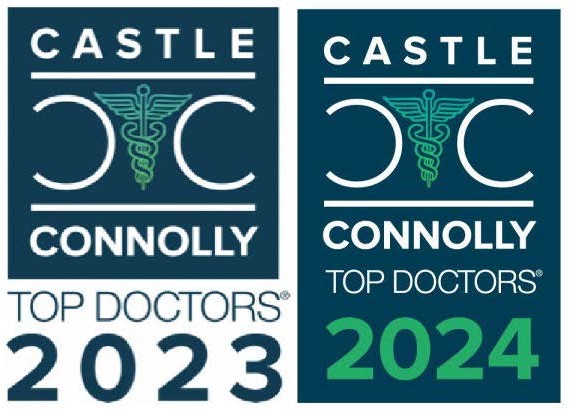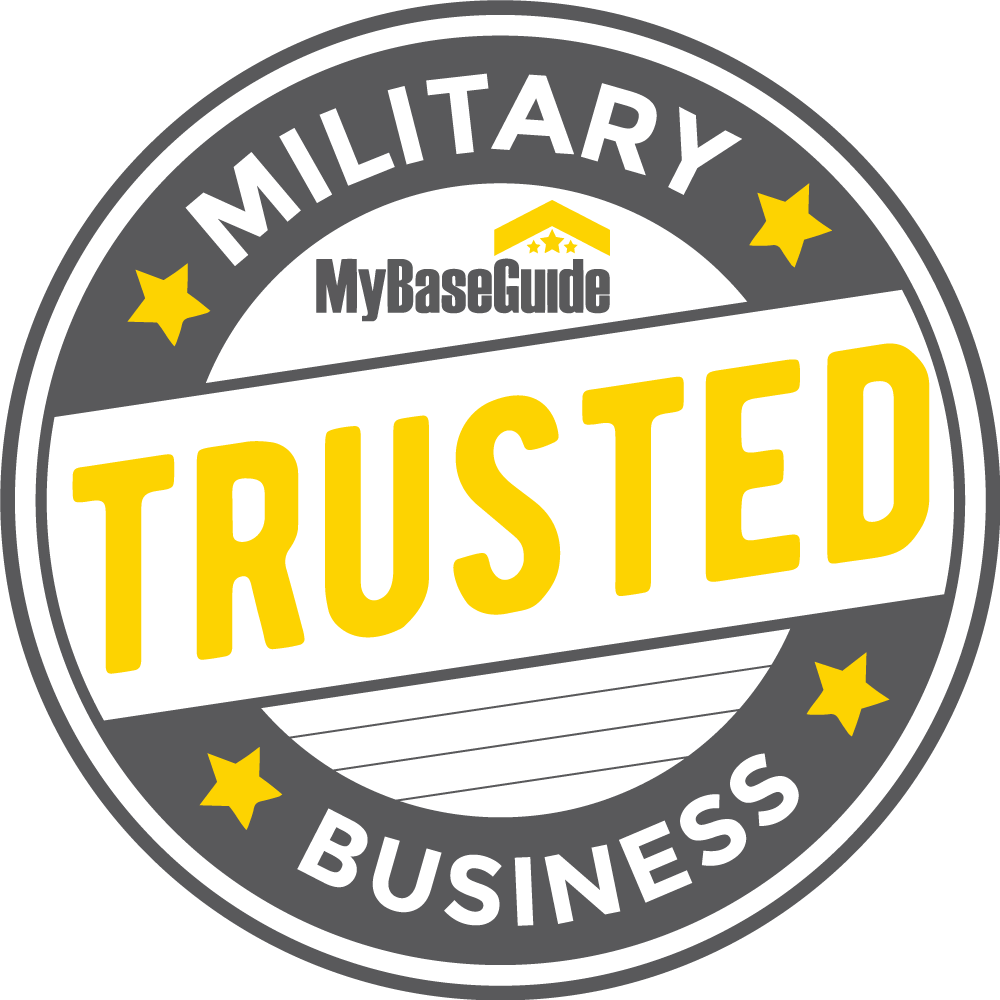
Electroconvulsive Therapy (ECT) and Transcranial Magnetic Stimulation (TMS) are the leading choices for treatment-resistant cases like depression.
Differences include how they work, the experience, and side effects. Knowing these helps guide treatment decisions. Informed choices come from knowing these details.
What is ECT Therapy?
Electroconvulsive Therapy (ECT) is a treatment for severe mental health conditions. It utilizes small electric currents to trigger a brief, controlled seizure in the brain. This process helps improve symptoms of conditions like depression and bipolar disorder by changing brain chemistry.
How ECT Works
- Administered under general anesthesia.
- Electrodes are placed on the patient’s scalp.
- Electric currents stimulate brain activity, inducing a brief seizure.
- Sessions are usually repeated 2-3 times a week for a total of 6-12 treatments.
ECT has developed significantly since its beginning. Modern ECT is also more refined, with advancements that minimize risks and side effects. However, its invasive nature and potential for memory-related side effects remain a concern.
Conditions Treated by ECT
- Severe Major Depressive Disorder (MDD) resistant to medications.
- Bipolar disorder during manic or depressive episodes.
- Catatonia is a state of unresponsiveness often linked to schizophrenia.
- Psychosis, mainly when accompanied by suicidal tendencies.
Effectiveness and Safety
- Success rates: 70-90% for patients with treatment-resistant depression.
- Common side effects: Short-term memory loss, confusion, and headaches.
- Long-term risks: Rare but include potential permanent memory gaps.
And, What is TMS Therapy?
Meanwhile, Transcranial Magnetic Stimulation (TMS) is a non-invasive solution for treating mental health disorders. Approved by the FDA, it is widely acknowledged for its effectiveness in depression treatment.
Unlike ECT, TMS focuses on precise brain regions rather than inducing seizures. Magnetic fields stimulate specific nerve cells in the brain. The therapy primarily targets the prefrontal cortex, which regulates mood. Patients benefit from its targeted approach and minimal side effects.
How TMS Works
- A magnetic coil is positioned on the scalp near the forehead.
- Magnetic pulses stimulate neurons in targeted brain regions.
- Sessions are performed daily (5 times per week) for 4-6 weeks.
TMS operates without the need for anesthesia, allowing it to be done on an outpatient basis. Patients experience minimal disruption to their daily routines. Many choose TMS for its modern approach and convenience.
Conditions Treated by TMS
- Major Depressive Disorder (MDD), especially treatment-resistant cases.
- Generalized anxiety disorder.
- Post-traumatic stress disorder (PTSD).
- Obsessive-compulsive disorder (OCD).
- Migraines.
Effectiveness and Safety
- Success rates: About 60-80% for treatment-resistant depression.
- Most common side effects: Mild headaches and slight scalp discomfort during treatment.
So, How Do ECT and TMS Differ?
ECT and TMS both help ease mental health symptoms. However, their methods, patient experiences, and results differ widely.
1. Mechanism of Action
ECT affects the whole brain. TMS targets specific areas.
- ECT: induces a controlled seizure to “reset” brain activity. It affects the entire brain, not specific areas. The seizure recalibrates neurotransmitter levels, enhancing symptoms of severe mental health needs.
- TMS: Specific brain regions, especially the prefrontal cortex, are targeted for stimulation. Magnetic pulses are used to enhance activity in neural circuits that influence mood. Underperforming areas of the brain show improved function with this procedure.
2. Treatment Process
ECT is more invasive. And TMS is more convenient and patient-friendly.
- ECT: Needs general anesthesia. Patients must fast beforehand and have someone accompany them for recovery. Post-treatment downtime is required due to side effects like confusion or grogginess.
- TMS: Conducted in an outpatient setting. No anesthesia or fasting is required. Sessions last 20-40 minutes. Individuals can continue normal activities immediately.
3. Invasiveness
ECT is classified as an invasive treatment due to its reliance on anesthesia and induced seizure. TMS is a safer, less intrusive option.
- ECT requires a specialized clinical setting.
- TMS, on the other hand, is entirely non-invasive. No needles, drugs, or sedation involved.
4. Side Effects and Risks
TMS has a milder side-effect compared to ECT.
- ECT:
- Common: Temporary memory loss and confusion.
- Severe: Rare but permanent memory gaps have been reported.
- Physical: Muscle soreness due to seizure-induced contractions.
- TMS:
- Common: Mild headaches and minor scalp irritation.
- Severe: Extremely rare, with no known long-term adverse effects.
5. Effectiveness and Application
ECT is used for severe cases. TMS is a modern option for wider use.
- ECT:
- Suited for severe, life-threatening depression or psychosis.
- Typically a last-resort option when other treatments fail.
- TMS:
- Ideal for moderate to severe depression resistant to medications.
- Effective for patients seeking non-invasive solutions.
6. Cost and Insurance Coverage
TMS is often less expensive and more accessible. Insurance often covers both therapies, particularly for treatment-resistant depression. However, specific coverage details vary.
- ECT:
- Generally more expensive due to hospitalization and anesthesia.
- Depending on location. The costs can range from $2,500 to $5,000 per session.
- TMS:
- More affordable. Averaging $300-$500 per session.
- Total cost for a typical TMS course ranges between $6,000 and $12,000.
7. Accessibility and Patient Preferences
TMS appeals to patients looking for effective and low-impact treatment options.
- TMS sessions are quick and require no preparation or recovery time.
- ECT’s invasive nature and potential memory side effects deter some patients
Why Understanding These Differences Matters
Choosing ECT or TMS depends on personal needs and cases. Both options are effective. However, they serve distinct purposes in mental health treatment.
Patients and providers should consider invasiveness, side effects, and general treatment experience. Each therapy offers unique benefits. An informed decision can help individuals achieve their wellness goals.
Who Should Consider ECT?
Candidates for ECT typically fall into the following categories:
- Severe Treatment-Resistant Depression: People who have not responded to multiple antidepressant medications or psychotherapy.
- Suicidal Patients: Those with life-threatening symptoms requiring immediate relief. ECT works rapidly. It shows significant improvement within a few sessions.
- Catatonia: A state of immobility or unresponsiveness often linked to schizophrenia or bipolar disorder. ECT is viewed as one of the most effective treatments for this condition.
- Bipolar Disorder: For individuals in extreme manic or depressive states where other treatments fail.
- Psychotic Depression: Patients experiencing delusions or hallucinations alongside depression may benefit from the dramatic effects of ECT.
Who Should Consider TMS?
Transcranial magnetic stimulation (TMS) is also excellent for those looking for a non-invasive alternative to ECT.
TMS is Best Suited for:
- Treatment-Resistant Depression: Individuals with major depressive disorder (MDD) show improvement after TMS therapy.
- Medication-Intolerant Patients: Those who experience adverse effects from antidepressants, such as weight gain, fatigue, or sexual dysfunction.
- Mild to Moderate Mental Health Disorders: TMS has also been found effective in treating anxiety, PTSD, and OCD.
- Individuals Seeking Convenience: Patients can resume daily activities instantly after each session.
- Patients Concerned About Cognitive Side Effects: TMS does not affect memory or cognition.
Consult the TMS Institute of Arizona for Expert Care
TMS therapy at the TMS Institute of Arizona targets depression, anxiety, PTSD, and other mental health conditions. Our specialists will help you with expertise and compassion.
Why Choose Us?
- Top Experts in TMS Therapy: Get the best care from leading specialists in the field.
- Advanced Technology: Benefit from the latest, most accurate TMS equipment.
- Your Comfort Comes First: We care for your safety, well-being, and experience.
- Insurance-Friendly Care: Most insurance plans are accepted to keep treatment affordable.
Reach out today! Schedule a consultation with us!
We’re not just treating conditions. We’re changing lives, one session at a time.













